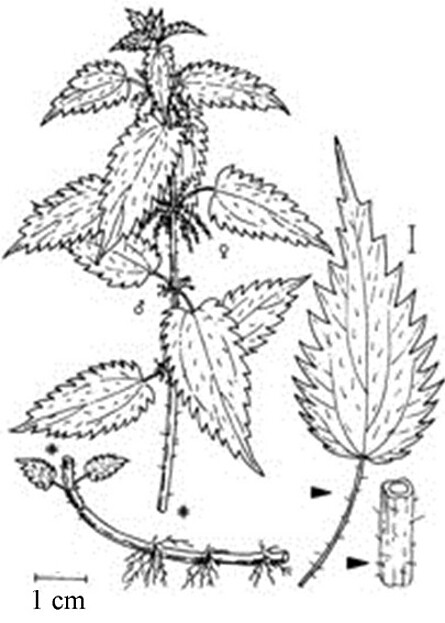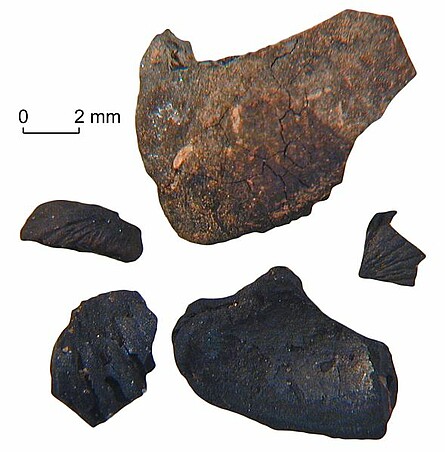Archaeobotanical Investigations at the Mesolithic site of Friesack/Brandenburg
Samples for palynological- and macro remains analyses were taken at the multi-phase Mesolithic site of Friesack (Rhinluch, Brandenburg) in the course of excavations carried out between 1978 and 1989 (Gramsch 2000). In contrast to the pollen analysis (Kloss 1987a,b) the processing of macro remains samples only started in 2002. Numerous radiocarbon determinations date the various find levels to the period between the Preboreal and the Atlantic. The overall range of species particularly points to communities of plants with floating leaves and reeds (Nymphaeion, Phragmition, Bolboschoenion). Apart from sedimentation communities the discovery of hazelnut shells and various taxa of ruderal communities provided evidence for the Mesolithic campsite. Human-assisted species include e.g. Chenopodium album, Erodium cicutarium, Atriplex spp., Valerianella locusta, Plantago major and Urtica dioica, although the latter is not exclusively associated with ruderal locations.
The analysis identified Urtica nutlets which are morphologically significantly different to U. dioica and U. urens. Comparison with recent material of all Central European Urtica species resulted in an identification as U. kioviensis (Kievan nettle), a river valley plant of warm floodplains and low-lying landscapes with sub-continental distribution.
Bibliography
Wolters, S., Bittmann, F., Kummer, V. (2005) The first subfossil records of Urtica kioviensis Rogow. and their consequences for palaeoecological interpretations. Vegetation History and Archaeobotany 14:518–527 http://dx.doi.org/10.1007/s00334-005-0084-9
Wolters, S. (2009): Badeplatz mit Picknickecke. Archäobotanische Untersuchungen am mesolithisch-neolithischen Fundplatz 4, Friesack, Landkreis Havelland. Archäologie in Berlin und Brandenburg, 2007: 53–55.


